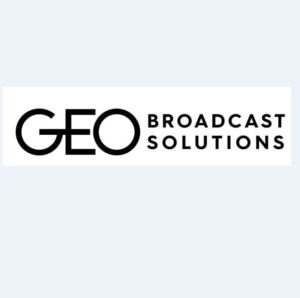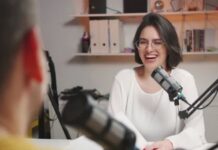
And the topic is ZoneCasting, a technology that allows stations to broadcast original programming on FM booster stations so they can hyper-target communities in their listening area. iHeart, Entercom, Cumulus and Beasley have filed joint comments in opposition of the technology which has been pushed mainly by small and medium market owners.
The main reason the big four are in opposition, they write, is that not enough testing has been done. “There simply is no necessity to rush into a Notice of Proposed Rulemaking at this point, when the better option is to authorize more testing through experimental authorizations.”
The NAB supports the Notice of Proposed Rulemaking filed by GeoBroadcast Solutions. The petition seeking the rule change would permit broadcasters to air geo-targeted programming, including emergency alerts, news, and advertising on a voluntary basis. ZoneCasting has been in development by GeoBroadcast Solutions since 2011.
To be clear, this has nothing to do with FM translators only with booster stations. Radio’s four big companies in opposition to the change at the FCC say the Commission should first develop a record of the feasibility of the technology based on further experimental authorizations before considering issuing the requested Notice of Proposed Rulemaking. “There simply is no necessity to rush into a Notice of Proposed Rulemaking at this point, when the better option is to authorize more testing through experimental authorizations.”
It was only a few days ago that 24 small market operators filed comments in favor of the plan. The 24 owners, calling themselves the Broadcasters for Limited Program Origination, own 108 radio stations and 85 FM translators.
GeoBroadacast solutions says Radio is currently the only mass medium that cannot geo-target its content. The ability to add localized weather and traffic, news, emergency alerts, and advertising is beneficial to listeners, small businesses, and advertisers and would allow the industry to progress and remain competitive in the market.
iHeart, Entercom, Cumulus and Beasley say this technology could cause listener confusion. “If this technology generates significant listener confusion as they cross transition zones, particularly when driving through alternate programming zones while listening to FM radio in their vehicles, independent parties will need to study whether the end result could be to drive listeners to leave the medium, which could harm all broadcasters seeking to serve listeners via over-the-air FM transmission.”
Read the comments from the big four HERE







excellent of the best applications and very good the truth just do not know if it works on the radio
So just what is the suggested maximum breakaway from the main programming? 5%, 10%, or 99% with the hourly ID the only thing in common? And when the idea of boosters and fill in translators are compared what is the REAL difference between the facilities of a fill in booster and a fill in translator other than the exact operating frequency? As soon as this is authorized for boosters there will be an outcry to allow fill in translators to do the same thing and we will be back to the LPFM scenarios proposed in the past except now allowing for the use of paid advertising and paid programming. Every subdivision could have its own localized station sold and programmed separately. Not inherently a bad idea but the main station easily becomes just an excuse to hold the frequency for the soon to be many boosters/stations. And there is NO comparable possibility for those “disadvanged” AM stations with their translators…there is NO Licensable Booster possible
I have a sneaky suspicion that the application of the technology would only make bad radio – worse.
Two very different issues here. The “geocasting” idea is to allow separate audio feeds to booster stations–which operate on the main channel as the primary FM. Getting a booster to work properly is very tricky–you need the right terrain to shield one signal from the other, and use some kind of carrier synchronization to minimize interference.
The other proposal is to allow completely separate programming on translators. In essence, creating an entirely new station. As if most markets aren’t already saturated with signals.